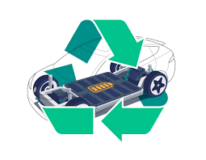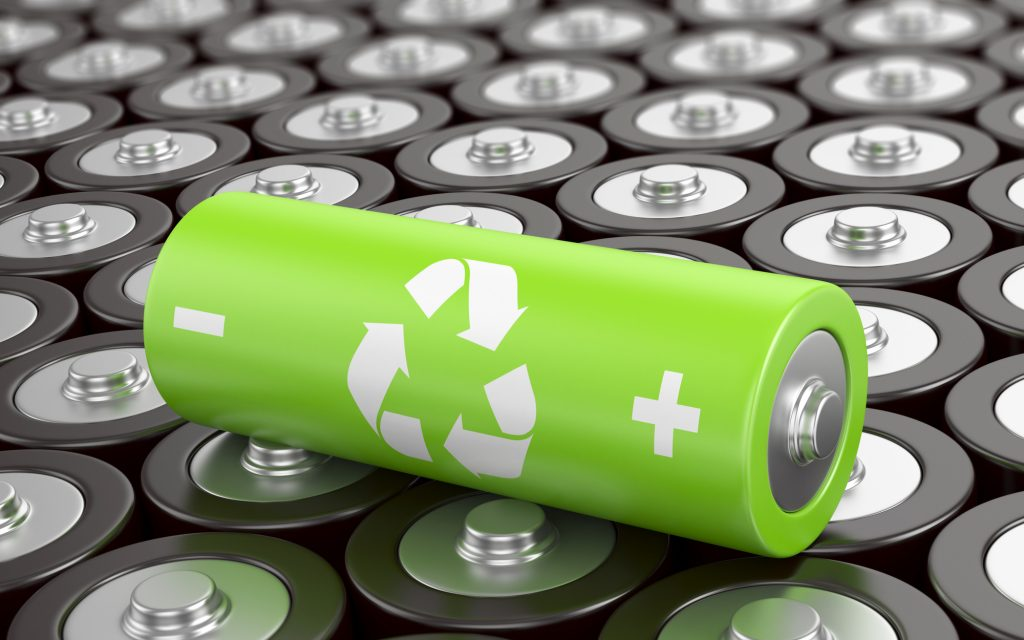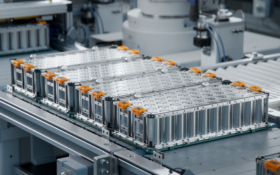Recycling batteries to recover key metals will not be enough to sate manufacturers as materials demand rises more than five-fold to 5,500GWh between 2021 and 2030, according to analysts Wood Mackenzie.
While recycling can relieve some pressure from the supply deficit of battery raw materials, it will not be able meet the projected demand as the electrification of the transportation sector creates a boom in demand for lithium-ion batteries.
Speaking at the Advanced Automotive Battery Conference, Wood Mackenzie research analyst Max Reid said: “With rapid expansion in the battery supply chain, we have created a situation of high waste.
“Recycling can reduce rapid expansion in carbon intensive mines as well as reduce waste. Together, recycling production scrap and end of life batteries could become a substantial source of raw material to meet surging demand.
“Recycling also presents an opportunity to source materials in regions which lack natural resources.”
He added: “At the end of the day, the amount of production scrap or EVs coming to end of life will never be able to meet demand while demand continues to increase. There needs to be a push in expanding virgin sourcing while maximising the recycling sector to ease the deficit.”
Demand for key battery raw materials stands at 97 kilotonnes (kt) for lithium, 186 kt cobalt and 3,014 kt nickel; by 2030, these are expected to grow to 318 kt, 264 kt and 4,273 kt, respectively.
Supply from recycled materials is expected to reach 130 kt for lithium, 112 kt cobalt and 377 kt nickel, respectively, by the end of the decade.
Wood Mackenzie believes recycling production scrap will be the main source of recycled material this decade and China, Europe and North America will see “huge increases” in battery and cathode manufacturing to meet demand for batteries.
Globally, Wood Mackenzie expects battery manufacturing capacity to grow 3.5 times to more than 4,621GWh by 2030, with China leading the way ahead.












